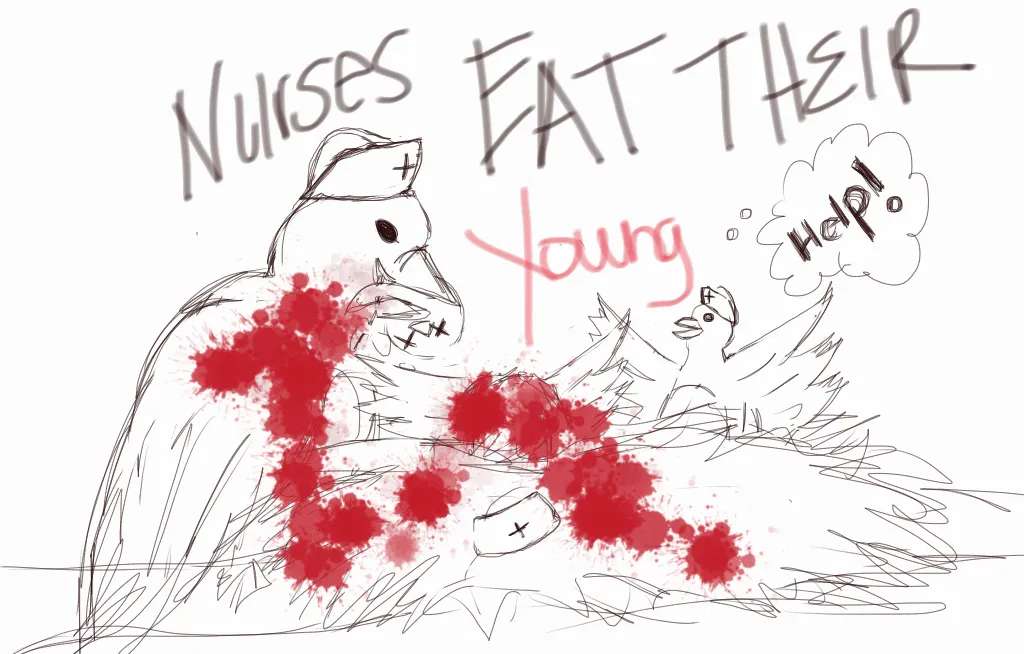Cost Journal of Nursing

The Cost of Caring
Tags: caregiver caring Case Study cost stress students
Nurses care for individuals when they are most vulnerable and often serve as emotional outlets. It is this deep caring that can lead to nurses becoming burnt out or developing vicarious traumatization, secondary traumatic stress, or compassion fatigue. Awareness of these phenomena and methods of prevention needs to be increased throughout the profession. This includes teaching nursing students as they begin having interactions with patients in the clinical setting.
Read More →Get Published for Free
RN's, Nursing Students, Educators & Health Care Professionals: Submit your article, story, or research paper to be considered for publishing. Over 40,000 readers per month. It's free and always has been since we started in 2001.
Browse by Tag
advocate aging anesthesia behavior cardiac care Case Study child children clinical compassion COVID-19 critical care death diabetes disease education emergency department end of life ethical principles ethical values ethics future of nursing health health care ICU medication mental health nurse Nurse Education nursing nursing education nursing ethics nursing faculty nursing school nursing students PACU patient care patient outcomes patient safety pediatric poem profession risk factors stress student nurse students teaching therapy treatment
Most Popular Last Month
More from RN Journal
Missionary to Haiti
What do they expect? A comparison of student expectations and outcomes of undergraduate research experiences
When "Old Dogs" go Back to School
Keeping a Positive Outlook: My Clinical Experience as a Student Nurse
Alternative Treatments: Doubting Thomas to Believer
Recognizing and Overcoming Toxic Leadership
Medical Equipment
To Gown or Not to Gown? For MRSA Prevention, That Is the Question.
Assessing Clinical Outcomes at Discharge with the Modified Rankin Scale (mRS) for Burn Patients
Provision of Effective Patient Education: A Learning Clinical Experience
What do they expect? A comparison of student expectations and outcomes of undergraduate research experiences
When "Old Dogs" go Back to School
Keeping a Positive Outlook: My Clinical Experience as a Student Nurse
Alternative Treatments: Doubting Thomas to Believer
Recognizing and Overcoming Toxic Leadership
Medical Equipment
To Gown or Not to Gown? For MRSA Prevention, That Is the Question.
Assessing Clinical Outcomes at Discharge with the Modified Rankin Scale (mRS) for Burn Patients
Provision of Effective Patient Education: A Learning Clinical Experience









